How to Grow Watermelon from Seeds for High Yield
Choose high-quality seeds and prepare pots with drainage holes. Use nutrient-rich soil by mixing clay soil with chicken manure, rice husks, and coconut coir. Germinate the seeds by exposing them to sunlight, soaking them in warm water, and then wrapping them in a damp cloth. Once the seedlings develop, transfer them to larger pots or the garden. Ensure they receive plenty of light, water regularly, fertilize, and provide support for the plants. Watermelons will ripen 80-90 days after planting.
Watermelon is a beloved fruit known for its sweet, juicy flavor and high nutritional content. As a creeping vine, watermelon thrives in warm, humid climates and can be easily grown at home. To achieve high yields and enjoy delicious watermelons, let's explore the proper technique for growing watermelon from seeds in the following article!
Steps to Prepare Before Growing Watermelon from Seeds
1. Choose Watermelon Seeds: Select high-quality seeds for optimal growth. You'll need a large pot and nutrient-rich soil to ensure the plants develop well. You can use foam boxes or repurposed paint buckets. Make sure the pot has drainage holes to prevent root rot.
2. Timing for Planting: Watermelon can be sown in two main seasons:
- Winter-Spring: Sow seeds from October 5-15 or November 10-20, harvesting around Christmas or Tet.
- Spring-Summer: Sow seeds at the beginning of February or December of the previous year, harvesting by the end of April.
How to Grow Watermelon from Seeds at Home
-
Location for Planting
Choose a spot that receives about 6-8 hours of sunlight each day, such as a rooftop, balcony, or wall. Ensure the growing area has a minimum height of 1.5 meters to allow for proper plant growth. -
Prepare the Soil
Use nutrient-rich soil, which can be purchased from seedling vendors or mixed yourself by combining loamy soil with well-rotted chicken manure, rice husk, coconut coir, and organic mulch. Allow the soil to dry and apply lime before placing it in pots.
How to Germinate Watermelon Seeds
-
Prepare the Seeds
Sun-dry the seeds for a few hours, then soak them in warm water (2 parts hot to 3 parts cold) for about 2-3 hours. Clean off any slime, wrap the seeds in a damp cloth, and place them in a sunny spot. After 2-3 days, when the seeds have sprouted, you can transfer them to pots or a small nursery bed. -
Transplant Seedlings
Once the seedlings have 2-3 leaves, move them from the small pots to larger pots or into the garden to promote better growth.
Proper Care for Watermelon
-
Watering
Water regularly twice a day in the early morning or late afternoon, avoiding overwatering to prevent waterlogging. Direct the water to the soil around the base of the plants. -
Fertilization
Apply vermicompost during the initial growth phase and organic fertilizers during flowering and fruiting. Use phosphate fertilizer at the base after planting and again after 25 days. Biological fertilizers such as super humus and NPK are also beneficial. -
Pest Control
Be cautious during cold or hot weather. Water with warm water if it’s cold and provide some shade during hot weather. Address pests with appropriate plant protection methods.
Support Structure
Once the plants are about a month old, create a trellis to support the plants and fruits. Use bamboo or wooden stakes and tie the stems to the trellis. For larger fruits, use hooks or mesh bags to suspend them.
Harvesting Watermelon
After about 80-90 days of planting or 30-40 days from when the flowers bloom, the watermelon will be ripe. You can easily tell when the fruit is ready for harvest by tapping on it; if you hear a “thump” sound, it indicates that the fruit is ripe.
Tips for Growing Watermelon from Seeds
- If planting in the summer, protect the plants with thin glass.
- Avoid changing the environment and care routine when the plants are flowering.
- Each pot should contain only 2-3 plants to ensure the fruits grow larger and sweeter.
With this detailed guide, we hope you can successfully grow watermelon from seeds at home, achieving high yields and harvesting delicious, juicy watermelons!


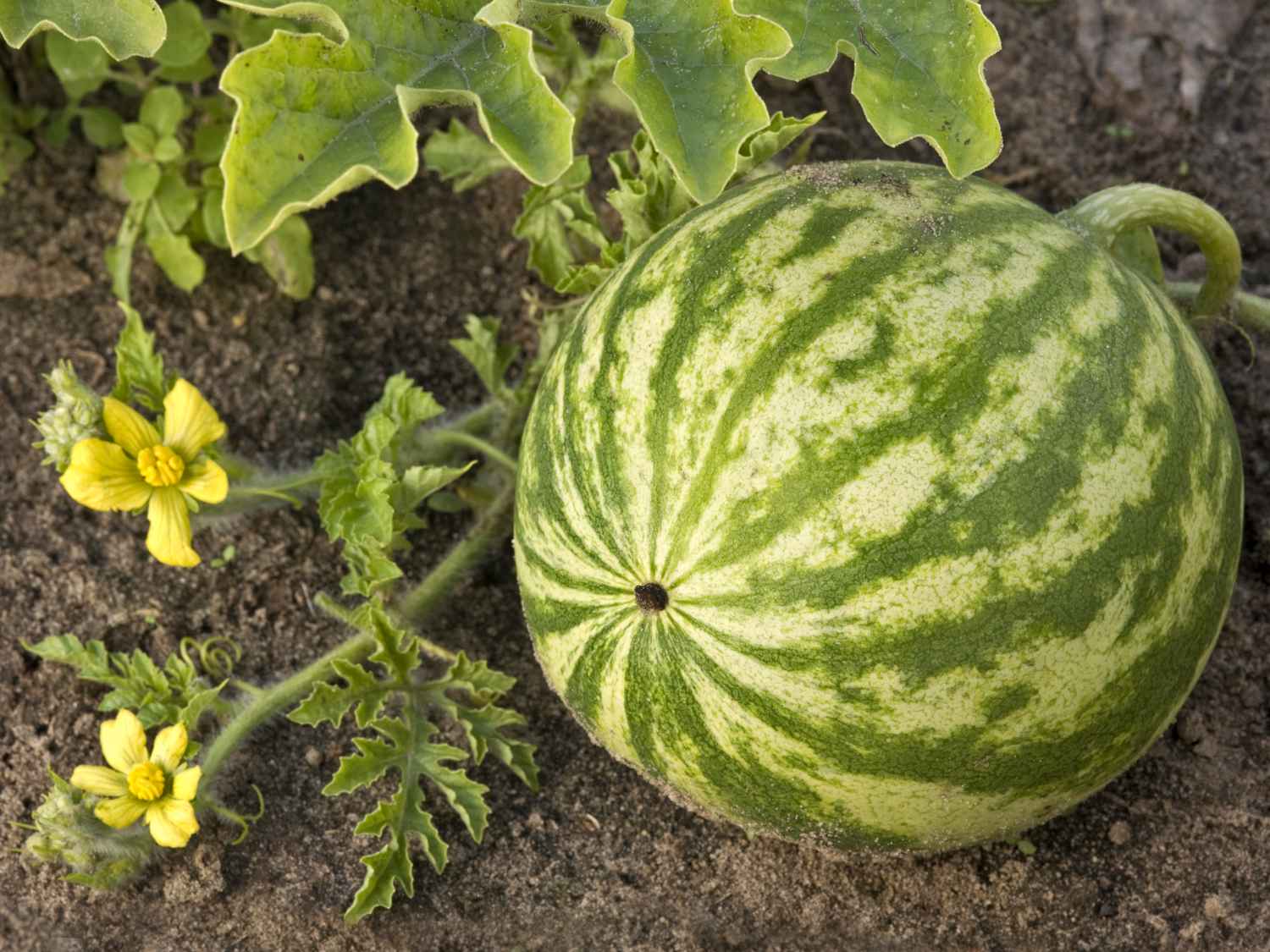

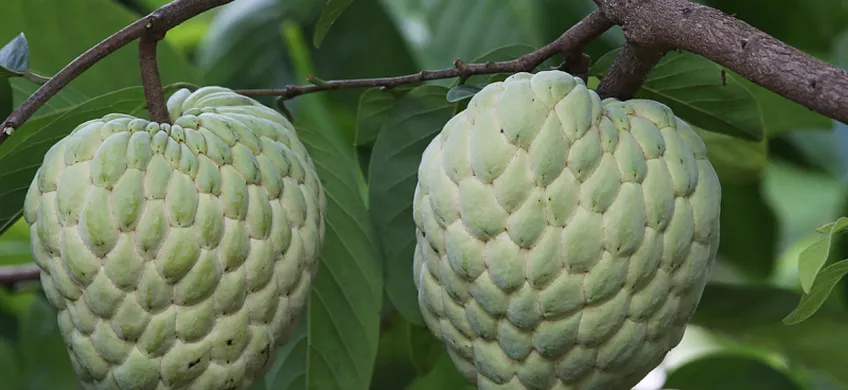
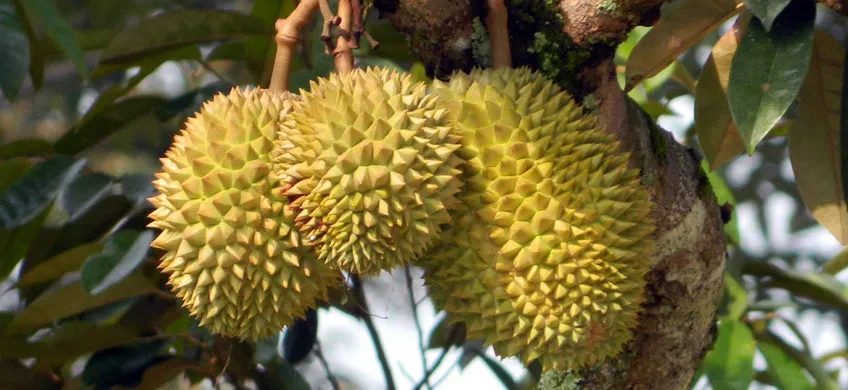
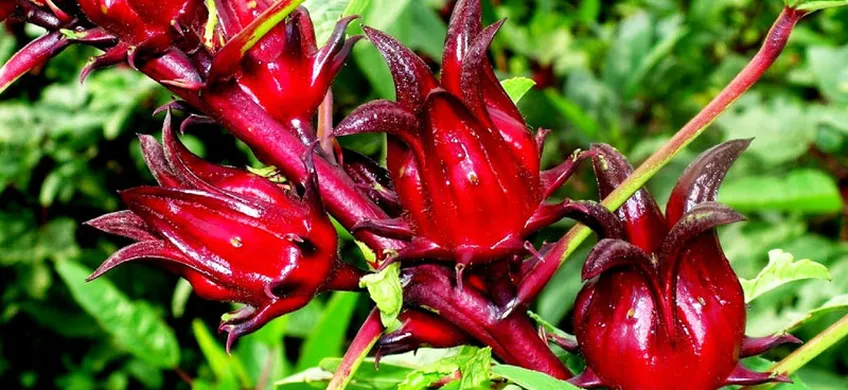

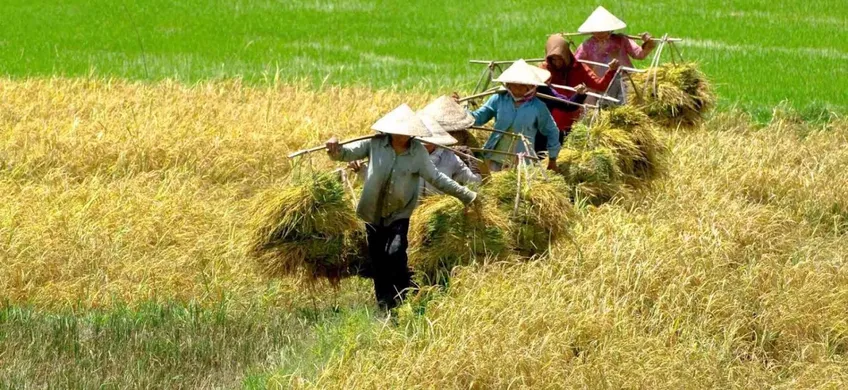
main.comment_read_more